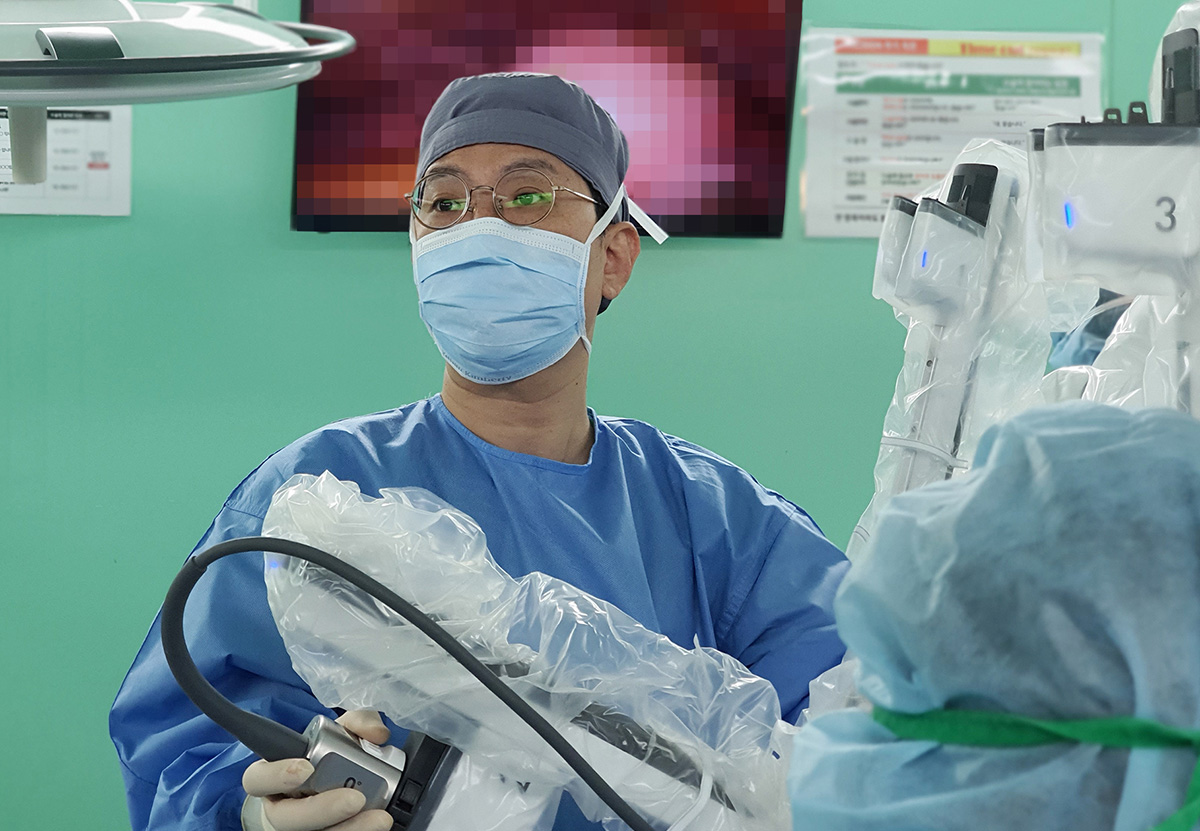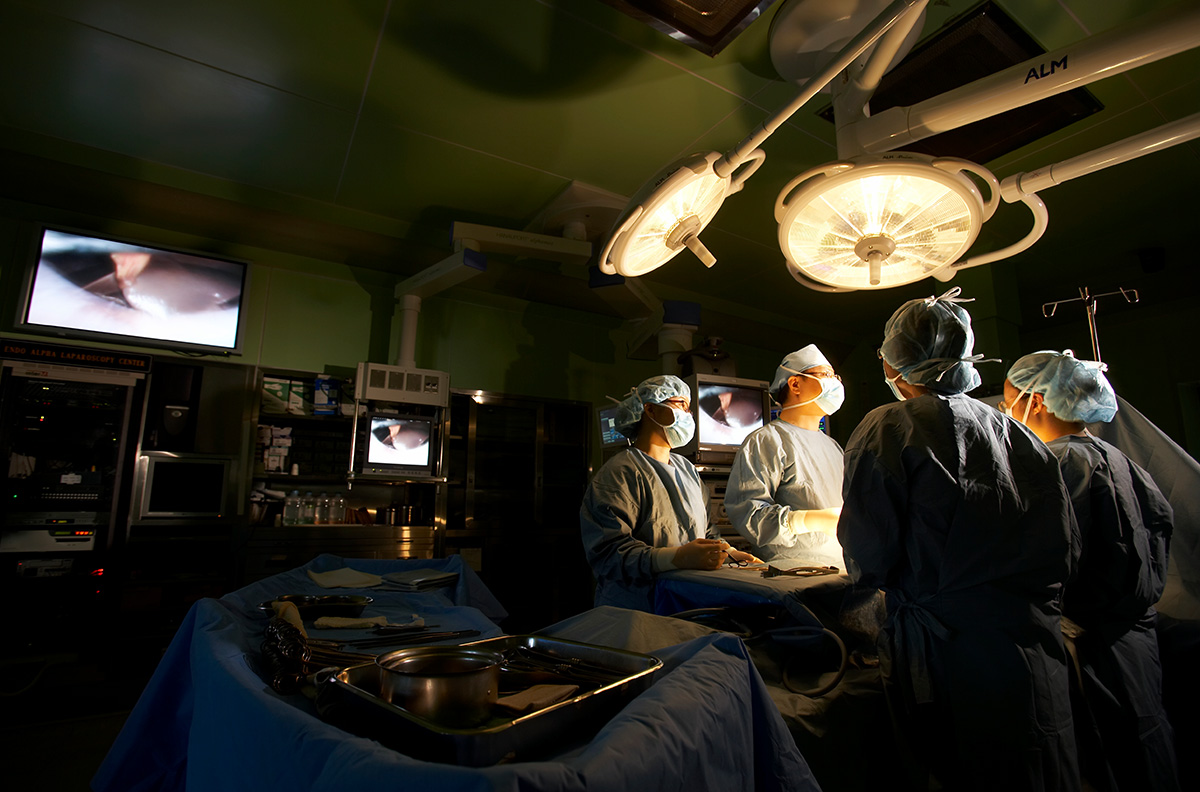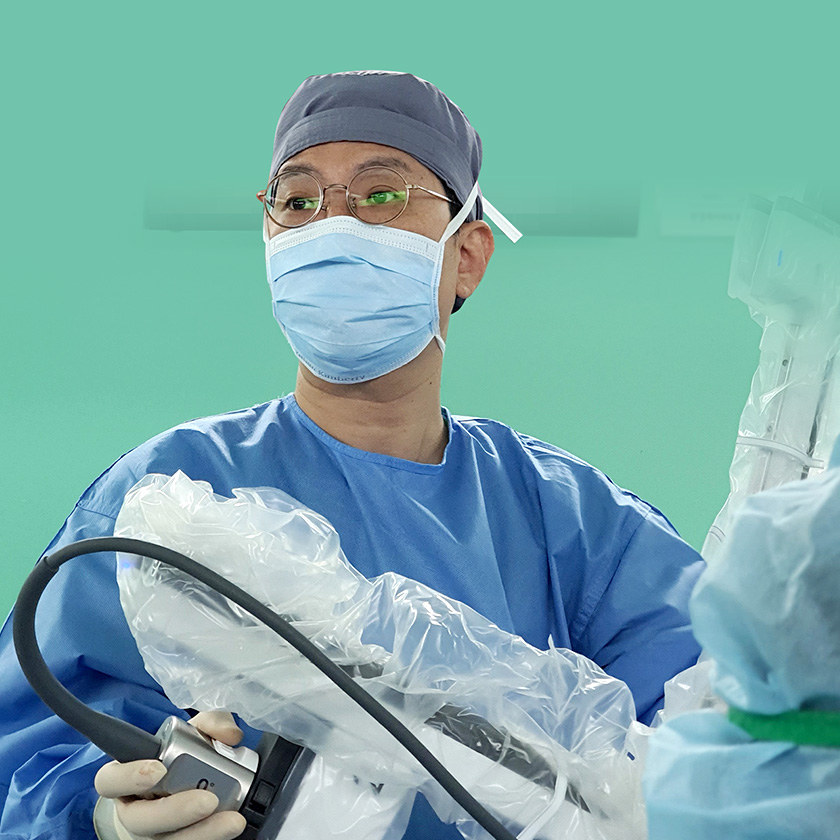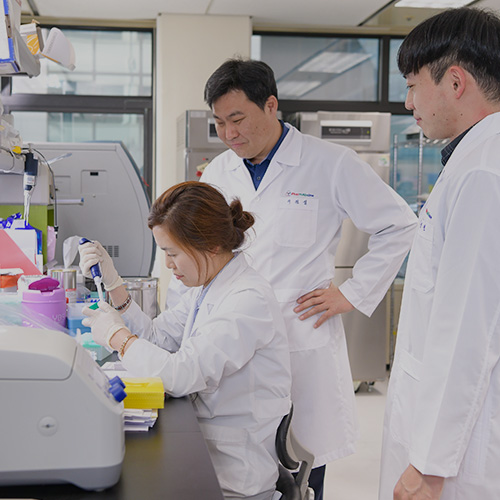Treating Cancer by Using Precision Robotics and Strengthening Immune Cells
Robot-Assisted Surgery and Immunotherapy for Women’s Cancers
Cancer Risk
Cancer is a disease that develops due to excessive growth and proliferation of abnormal cells caused by genetic mutations, which prevents normal cells from functioning properly. Genetic mutations occur when normal cells are exposed to harmful external factors, such as smoking, carcinogens, carcinogenic pathogens, and hormonal changes, and as these mutations accumulate over the years, cancer can occur. While genes passed down the parents do play a role, the bigger contributors are non-hereditary, such as smoking, diet, lifestyle, and other behavioral factors. According to the World Health Organization (WHO), there were approximately 19.3 million new cancer cases worldwide and 10 million deaths from cancer in 2020 alone. The number of people diagnosed with cancer has nearly doubled from 10 million in 2000 to 19.3 million in 2020. WHO now predicts that one in every five people worldwide will develop cancer in their lifetimes and the incidence will rise even further in the coming years.
Cancers Affecting Women
The survival rate for women’s cancers, such as breast cancer, uterine cancer, and ovarian cancer, is over 90% if detected early, but delayed treatment can lead to significant changes in life and one’s perception of one’s own femininity, as incision or resection may be necessary. High-calorie diet, obesity, and radiation exposure as well as female hormones (estrogen) are reported to be the main causes of female cancer. Although estrogen is a hormone that plays an important role in women’s health, it also has the effect of promoting the proliferation of ductal cells. As the total period of exposure to estrogen increases, due to premature menarche, late menopause, avoidance of breastfeeding, or low fertility, the likelihood of mutations rises. Ovarian cancer, called the “silent killer,” in particular, may produce no specific symptoms and is difficult to detect early, which is why it has a high fatality rate.
Cancer Treatments
Methods for treating cancer include surgical treatment to remove cancer cells and chemotherapy to reduce the tumor size or prevent metastasis by administering anticancer drugs. Various surgical methods are applied for surgical treatment depending on the stage of the cancer. If the tumor is very large or there is a possibility that it is malignant, open surgery is performed by making a 7- to 8-cm incision or bigger to remove the cancer cells. However, there are downsides to open surgery: recovery is slow, there is a high risk of complications due to the large incision site, and it is difficult to access narrow areas. On the other hand, if the cancer is still in its early stages, the tumor can be removed by laparoscopy, which involves creating a 1cm hole to insert a camera and surgical instruments. Because the incision site is small, the downtime is relatively shorter. In the past, however, laparoscopy could not be performed when precise movement was required since most laparoscopic instruments were straight, and the surgical site could only be viewed as a two-dimensional image due to the camera specification. To address these issues, a robotic surgical system (da Vinci Xi) was developed. The system provides a three-dimensional view of the surgical site, and the image provided is 5 times magnified compared to the conventional laparoscopic camera. This helps minimize damage to surrounding organs and major blood vessels. Moreover, the robotic arm that moves like a jointed human finger enables precise movement even in narrow anatomical structures.
Chemotherapy, which is another method of treating cancer, is carried out to reduce the size of the tumor before surgery, to prevent metastasis after surgery, and/or to suppress the growth of cancer cells when the cancer has spread to the point where it is difficult to operate. Cytotoxic anticancer agents or targeted anticancer agents were used to attack cancer cells and prevent proliferation, but there were unavoidable side effects since they also affected normal cells and areas without cancer cells. More recently, there has been research on immune checkpoint inhibitors (ICIs) to attack cancer cells, while minimizing the loss of normal cells, based on a mechanism for T cells, which are a part of the human immune system, to block substances that interfere with normal immune responses and to kill cancer cells.
Robot-Assisted Surgery and Immunotherapy for Women’s Cancers at Konyang University
These days, various efforts are being made to increase the survival rate for cancer patients, such as incorporating the latest technology into cancer treatments and conducting research on targeted immunotherapy. Konyang University Hospital, in particular, uses a robotic surgical system (da Vinci Xi) to treat uterine prolapse as well as women’s cancers, such as uterine cancer, ovarian tumor, and breast cancer. The hospital has established an interdisciplinary treatment system for medical specialists from the relevant departments with extensive experience in robotic surgery to work together for systematic and efficient treatment. Also, next generation sequencing (NGS) is performed to analyze a large number of genes at the same time and obtain results quickly so that personalized anticancer treatment can be provided in consideration of the individual genetic characteristics of each cancer patient. Cancer immunotherapy at Konyang University Hospital is aimed at killing cancer cells by activating the suppressed immune system, and the advantage is that it leads to fewer side effects compared to the conventional chemotherapy. In addition, there are medical coordinators who are fluent in English, Chinese and Russian providing medical translation and interpretation for foreign patients when making an appointment and during medical consultation, examination, and treatment.
The risk of cancer is on the rise due to Westernized diet, stress, and pollution among other factors. If cancer is not detected early, it can spread throughout the body via the lymphatic system. Cancer, which can come silently and turn our lives upside down, is a disease that can affect anyone. Fortunate news is that, according to a study by the National Cancer Center of Korea, the 5-year survival rate of cancer patients diagnosed between 2012 and 2018 was 70.3%, a 16.2% increase compared to cancer patients diagnosed between 2001 and 2005. That is, early diagnosis through regular health screenings as well as advances in medical technology has increased the possibility of effective treatment. Going forward, it is hoped that robotic surgery and immunotherapy can help further boost the survival rate as well as the patients’ quality of life.




 Specialized Medical Service
Specialized Medical Service
 Bio Technology
Bio Technology
 Health & Wellness
Health & Wellness
 City & Culture
City & Culture
 Hot Issue
Hot Issue
 Interview With
Interview With
 Medical Technology
Medical Technology
 City & Culture
City & Culture
 Food & Travel
Food & Travel
 Health & Wellness Tips
Health & Wellness Tips
 Hot Issue
Hot Issue